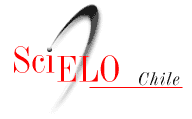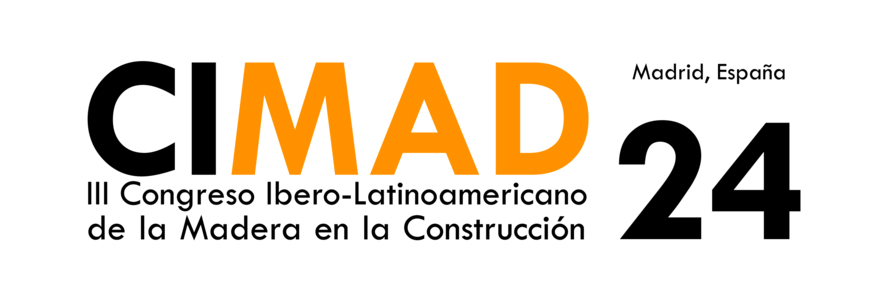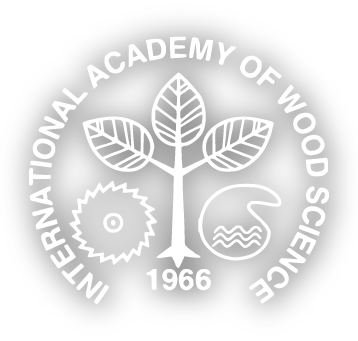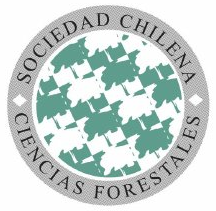Submissions
Submission Preparation Checklist
As part of the submission process, authors are required to check off their submission's compliance with all of the following items, and submissions may be returned to authors that do not adhere to these guidelines.- The submission has not been previously published or submitted for consideration by any other journal (or an explanation has been provided in the Comments to the Editor).
- Wherever possible, URLs are provided for references.
- Text is double-spaced; 12 point font size; italics are used instead of underlining (except in URLs); and all the illustrations, figures and tables are placed.
- The text adheres to the stylistic and biliographic requirements outlined in the Author's Guidelines, which appear in About the journal.
- If submitting to a peer-reviewed section of the journal, the instructions in Ensuring Anonymous Review should be followed.
Copyright Notice
The authors will retain their copyright and guarantee the journal the right of first publication of their work, which will be simultaneously subject to the Creative Commons CC-BY Attribution License that allows third parties to share the work whenever indicated. Its author and its first publication this Journal.
Privacy Statement
Evaluation form
View Full Text=> http://www.revistamaderas.cl/ojs/public/plenaria/MCT2019_evaluation-form_MaderasCiencTecnol.pdf
Ethical code
View Full text=> https://www.conicyt.cl/fondap/files/2014/12/DECLARACI%C3%93N-SINGAPUR.pdf
View Full text=> https://wcrif.org/documents/327-singapore-statement-a4size/file
Open Access Statement
Maderas-Ciencia y Tecnología journal is governed by the Diamond Open Access model. There are no publication fees for authors (article processing fees) or subscription fees for readers. The University of Bío-Bío finances all editorial, production, and publication costs.
Copyrights
The content of the articles published in each issue of the Maderas-Ciencia y Tecnología journal is the responsibility of the authors and does not necessarily represent the thought or compromise the opinion of the Universidad del Bío-Bío.
The authors will retain their copyright and guarantee the journal the right to first publish their work, which will be simultaneously subject to the CC BY Creative Commons Attribution License.
Self-archiving and digital preservation
Authors are authorized to publish their work on the Internet (for example in institutional repositories or personal web pages).
License Disclaimer
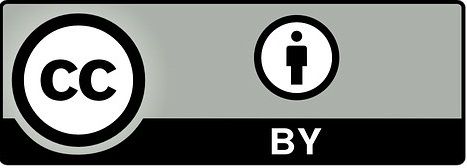
The authors will keep their authorship rights, however, they will guarantee the journal the right of first publication and dissemination of their work. The publication of the article in Maderas ciencia y tecnologia is subject to the Creative Commons CC BY. Recognition License that allows others to share-adapt: copy and redistribute the material in any medium or format and remix, transform, and build upon the material for any purpose, even commercially.


















